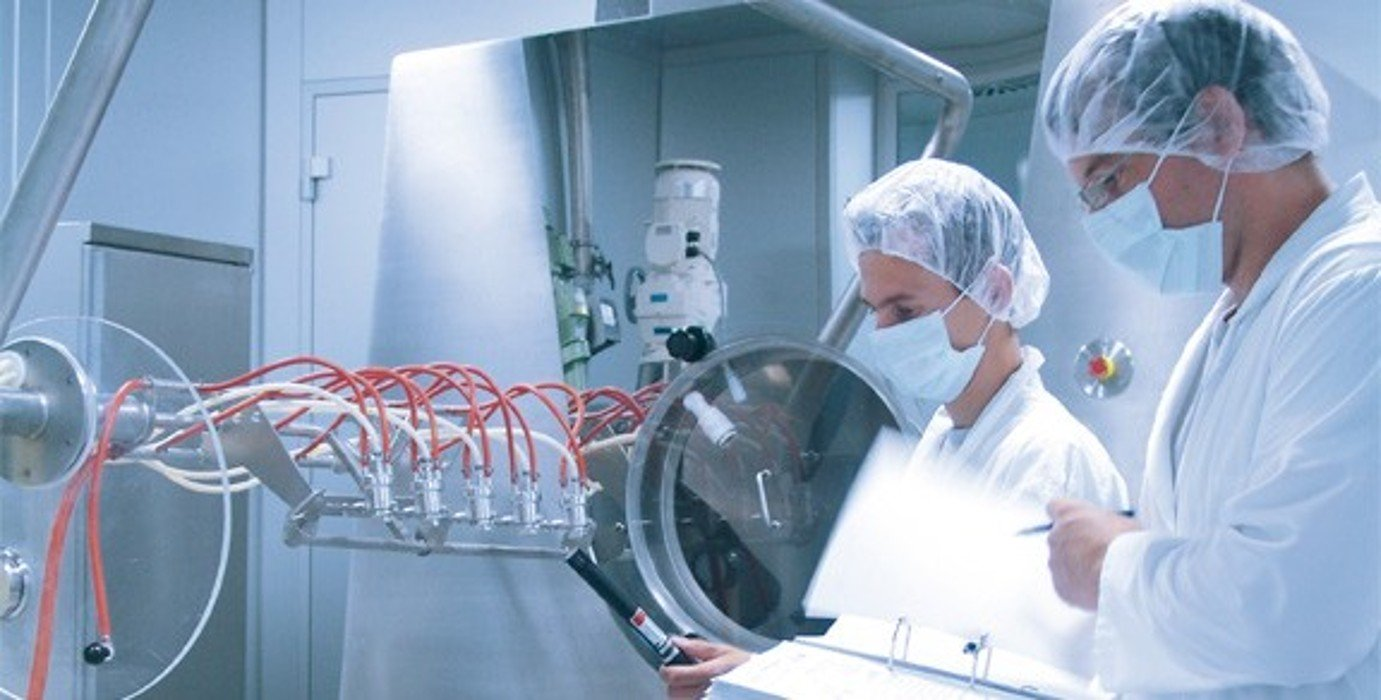
The pharmaceutical industry has long faced pressure to perform validation of critical objects (validation of pharmaceutical manufacturing), i.e. objects having a direct or indirect impact on product quality or quality control results.
These objects include practically all manufacturing and laboratory equipment, clean environment systems (clean steam, clean compressed air, nitrogen, purified water, water for injections, etc.), cleanrooms and cleanroom HVAC systems, as well as computerized systems. The equipment used in pharmaceutical manufacturing and development, environmental conditions in the warehouse facilities, and sample storage rooms must also be added to this list. Process validation, cleaning validation, and validation of analytical procedures should all be mentioned.
As we see, this list is quite extensive given that a company has more than one manufacturing site and produces more than one product.
Such an enormous list requires a lot of work to plan validation activities while time and resources come to the forefront.
However, we should not dwell on tight deadlines, which are individual for each plant or even manufacturing site. Let us consider more important resources. As in any business, personnel takes the first place, followed, in our opinion, by validation equipment and expandable materials.
Validation of pharmaceutical manufacturing also addresses challenges related to personnel involved in validation activities. These challenges do not generally differ from the problems associated with any other business and include staff search, employment, equipping of workplaces, and the most important – training. It is the training that presents the major challenges. Higher educational institutions do not train qualified validation specialists. That is why seminars and training courses on validation are necessary. Quite a long-term self-learning by trial-and-error can be too risky, resulting in critical and major observations during regulatory authority inspections.
Furthermore, validation of pharmaceutical manufacturing requires appropriate equipment. The minimum list of validation equipment to carry out the qualification of the most critical objects includes aerosol particle counter, aerosol particle generator, diluter, balometer, anemometer, differential pressure gauge, fog generator, video camera, temperature and humidity data loggers, data loggers for sterilizer validation, calibrator, tachometer, etc.
Apart from the fact that you need to buy this equipment, you also have to consider the expenses related to the purchase of expendable materials, regular calibration, calibration of measuring instruments, and potential expenditures related to equipment maintenance and repair.
Let us also briefly touch upon the minimum necessary scope and extent of validation. As we mentioned before, validation of pharmaceutical manufacturing must embrace critical objects. However, it does not answer to what extent one or another object should be validated. In other words, what validation tests and checks should be or should not be used. Of course, it is possible to avoid lengthy discussions and instead put everything and anything to testing. However, in this case, too many resources will be spent, and time is the most important among them. Meanwhile, you would have made very good progress by simply fulfilling the validation schedule.
The scope and extent of qualification and validation should be determined based on risk assessment. It means that only those object characteristics and functions affecting the quality of the delivered product and, consequently, the medicinal product should be checked (subject to validation testing). As a result, the extent of validation activities required for each object that allows to form an unbiased conclusion whether the object to be validated complies or does not comply with the established requirements should be assessed when planning validation. The scope and extent of validation should be specified in the validation master plan.
It should be mentioned that international standards governing the requirements for the tested objects and methodology for conformity assessment have been adopted for the most critical objects such as cleanrooms, sterilizers, etc.
Realizing the challenges associated with validation that pharmaceutical production companies have faced recently, it is necessary to optimize costs to achieve the desired results under tight deadlines. One of the solutions to this problem is to attract third-party contractors specializing in validation. This decision does not relieve pharmaceutical manufacturers from using their resources for validation but enables in a short time to solve the acute need for validation of one or another object. In addition, own employees can simultaneously develop practical knowledge and skills, which is especially important for the company and performance of validation activities in the long run, and also contributes to positive communication with the inspectors during the review of validity reports.
As for validation activities, a company may choose outsourcing. Thus, a company saves itself from tracing ever-changing requirements for validation and shifts responsibility to the contractor. Another alternative is to use a differentiated approach. Their employees plan and perform process validation and cleaning validation, while third parties are only involved in performing validation using instrumental methods (equipment qualification). Such an approach allows the company's employees to understand and apply validation results during the development, registration, and re-registration of products because they directly participate in the validation activities.
Getting back to the subject, it can be summarized that every pharmaceutical manufacturing company chooses its way to optimize costs and time to solve difficulties associated with validation.
